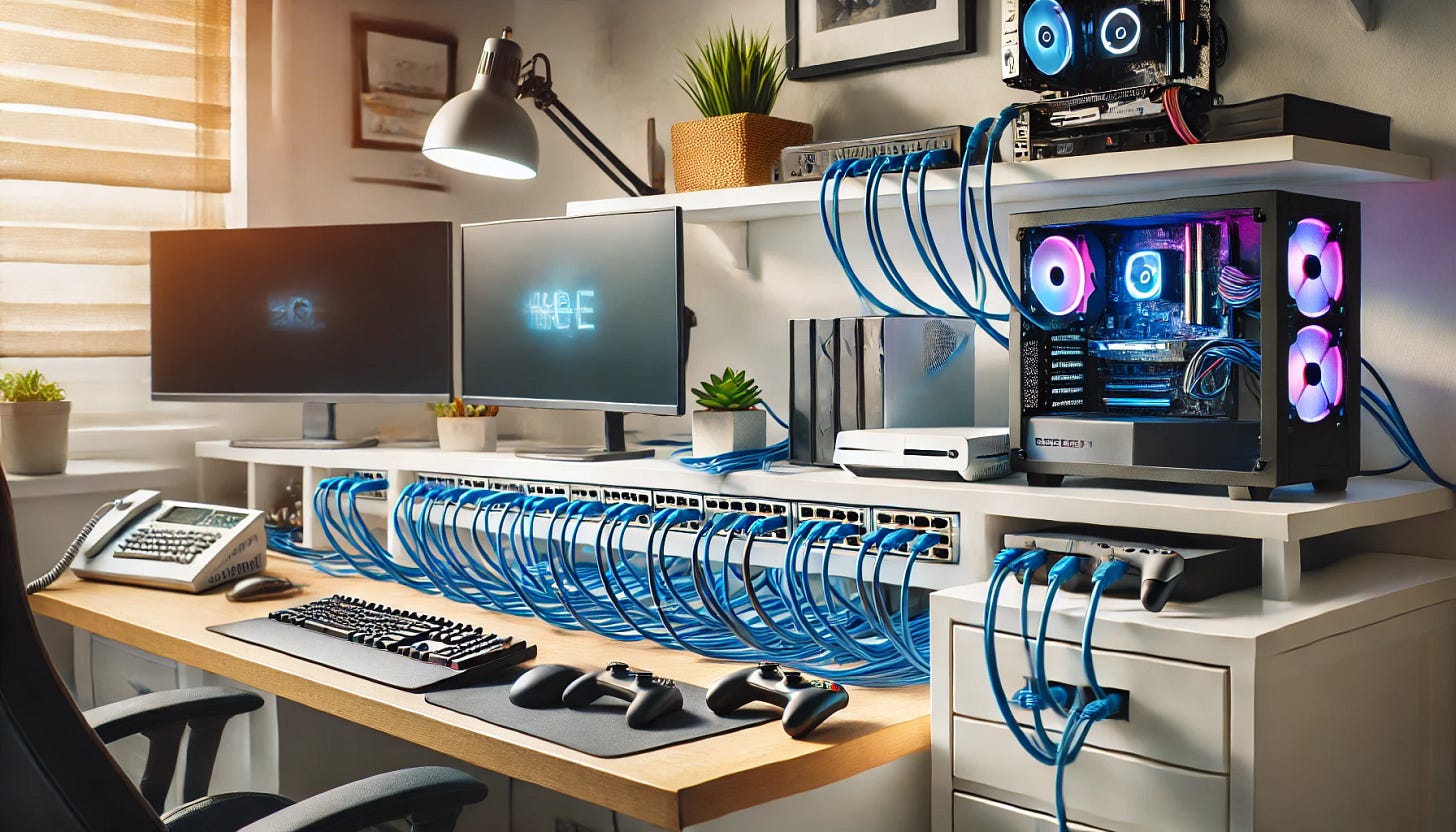The Art of Setting Up a Home Network 🌐📶🏡
Building a Reliable Home Network for Connectivity and Stability
Creating a home network may seem daunting, but it's essential for today's tech-savvy world. Understanding its components and setup ensures seamless connectivity for all your devices.
Introduction
Imagine a world where all your devices connect effortlessly, providing smooth internet access without hiccups. That's the magic of a well-structured home network. Whether you're working from home, streaming movies, or gaming, a robust network is crucial. Let's explore the essentials and principles of setting up your home network, ensuring stability and connectivity.
The Importance of a Home Network
In today's digital age, a home network connects your devices to the internet and each other. It allows you to share resources like printers, files, and even your internet connection. A strong home network enhances productivity, entertainment, and communication, making it a backbone of modern living.
Key Components of a Home Network
To build a home network, you need several key components. Each plays a vital role in ensuring smooth and stable connectivity.
Modem: This device connects your home to the internet service provider (ISP). Think of it as a gateway to the internet.
Router: The router distributes the internet connection from the modem to various devices in your home. It's like a traffic cop, directing data where it needs to go.
Switch: While not always necessary, a switch expands your network, allowing more devices to connect via Ethernet cables.
Ethernet Cables: These cables physically connect your devices to the router or switch, providing a stable and fast connection.
Wireless Access Points (WAP): If you have a large home, WAPs extend the wireless network's reach, ensuring strong signal strength in every corner.
Network Interface Cards (NIC): These are built into devices, enabling them to connect to your network, either wirelessly or via Ethernet.
Analogies to Understand Network Components
Keep reading with a 7-day free trial
Subscribe to Tech Talk to keep reading this post and get 7 days of free access to the full post archives.



